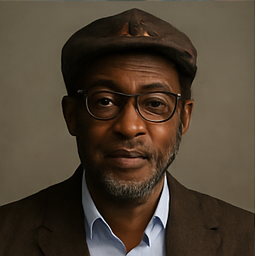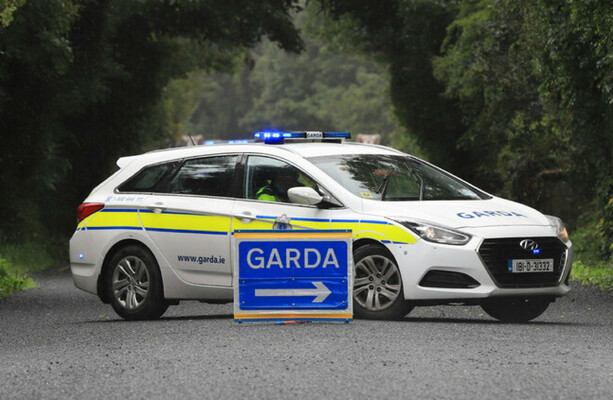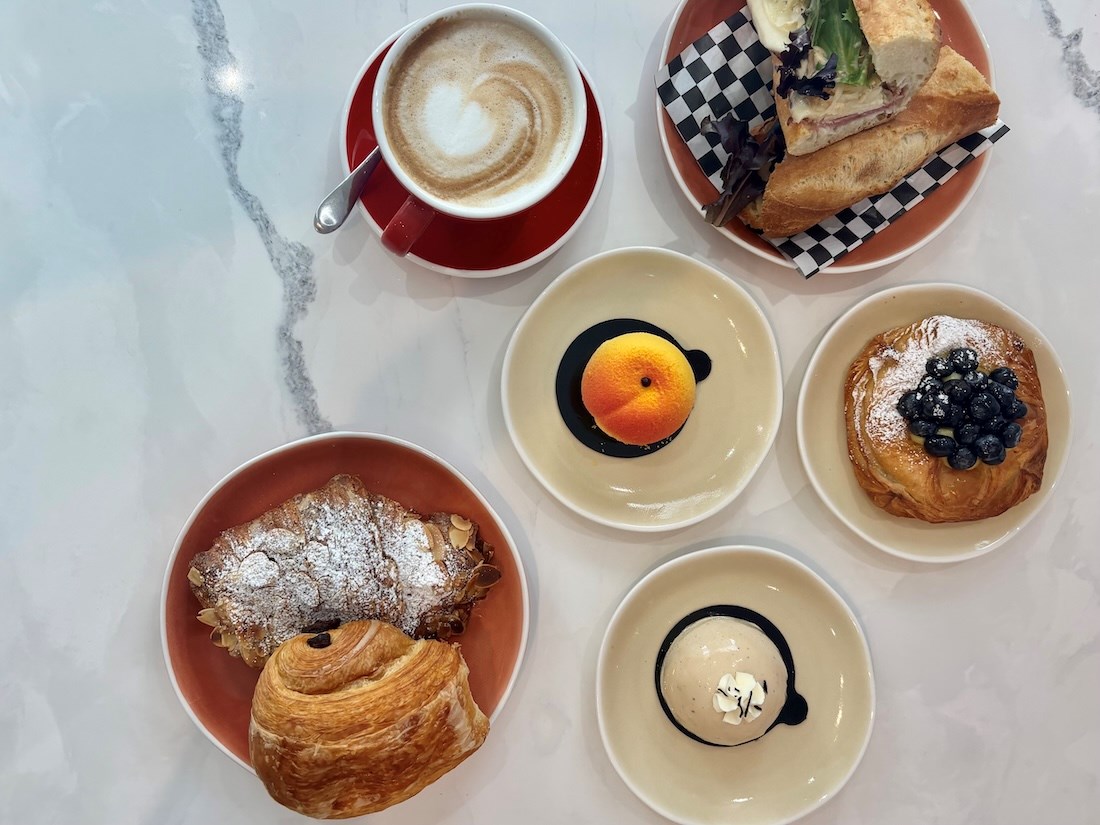From their homes in B.C., Nelson’s war resisters hear echoes of an authoritarian past down south

Fred Rosenberg takes his trusty Leica around Nelson, B.C., to photograph a city that has changed a lot in his decades of living here. The American émigré arrived in B.C. to avoid military conscription in the 1960s. Fred Rosenberg takes his trusty Leica around Nelson, B.C., to photograph a city that has changed a lot in his decades of living here. The American émigré arrived in B.C. to avoid military conscription in the 1960s. Fifty years ago, they turned their backs on the United States. Now, from their homes in B.C., they hear echoes of the authoritarian past The Globe is visiting communities across the country to hear from Canadians about the issues affecting their lives, their futures and their votes in this federal election. These days, Fred Rosenberg can’t help noticing the stainless-steel appliances and marble countertops for sale along Nelson’s main strip. The high-end products stand out alongside the independent hardware stores and gift shops hawking hemp clothing, crystals and fulgurite – tiny tubes of sand fossilized by lightning and marketed as a “powerful tool for manifesting dreams.” The BMWs, Audis and Porsches have also caught the eye of the unofficial town photographer, evidence of the wave of recent arrivals who traded Toronto, Vancouver and Calgary for the egalitarian enclave wedged between a small mountain and Kootenay Lake in southeastern British Columbia. Mr. Rosenberg, 79, who wears a beret that frames his bright-white mane, has been chronicling life in Nelson with his Leica for more than four decades. He sometimes wonders if he may just be another “old man yelling at the clouds” in the face of all the changes. But he fears the progressive spirit is dissipating in the region he and thousands of other young Americans chose to call home after fleeing their country’s repressive response to domestic dissent during the end of the civil-rights era and the Vietnam War. “The shift has been to more money and what appeals to people with more money,” the photographer told The Globe and Mail during a recent profanity-laced interview at the scenic waterfall park on the western edge of Nelson’s downtown. Mr. Rosenberg, taking in the view at Gyro Park, had much to say about the Nelson area’s politics, and what he believes is the dilution of its progressive values. Kari Medig/The Globe and Mail Mr. Rosenberg said the 124-year-old “dump” his landlord bought years ago for $24,000 is now on the market for $375,000. When it sells, he’ll have to move to Vancouver Island, where one of his adult sons lives. High rents and real estate prices are overt signs that the demographics of the area may be changing. The pressure on affordability seems poised to continue as tourists from across the continent are drawn to Nelson and its nearby skiing each winter. An increasing number stay, according to the mayor, who says she scribbles “Welcome!” on her business cards and slips them under the wiper blades of any car she sees with U.S. plates. But the region’s culture and economy are still influenced by the draft dodgers, hippies and other yearning youths who turned their backs on the United States 50 years ago. Living symbols of their collectivist push to improve society remain visible in Nelson’s lively arts scene, the many services still offered at Canada’s oldest rural women’s health centre and the success of the 50-year-old Kootenay Co-Op, which sold its thousands of members $30-million in groceries last year. Open this photo in gallery: Nelson's iconic orange bridge opened in 1957, when North and South Vietnam were at war but U.S. forces had not yet intervened there. Once they did, many Americans of draft age would flee into Canada.Dave Heath/Destination BC The Globe recently interviewed a half-dozen émigrés in and around Nelson and found they shared a unique perspective and major concerns about resurgent American authoritarianism and President Donald Trump, their contemporary who secured five draft deferments. Most said they hoped the hardcore NDP support they have helped foster in and around Nelson can win the party back a riding bifurcated by the Kootenay Pass: To the east the time zone switches from Pacific to Mountain Standard, and voters there reliably favour the Conservatives – especially the more than 20,000 living in the region’s biggest city, Cranbrook. Some pointed out the very real threat to the watersheds they and their cohort helped protect, as Mr. Trump has repeatedly said he wants to fight drought in his country by turning on a “very large faucet” from the 2,000-kilometre-long Columbia River that winds past nearby Castlegar. Most immigrated from California and can name the specific protest and brutal police or National Guard response that ultimately killed their belief in the foundational American right to free speech. All of them said they are very concerned about the rise of populist politicians in both countries who pitch simple fixes to the compounding crises of stagnant wages, corporate profiteering and the commodification of housing. Mr. Rosenberg says his repulsion to this brand of politics is informed by his experience photographing the crackdown on antiwar protests in and around San José State University – and by his Jewish faith. “Us and them will never solve anything – it’s no solution, it’s never an answer,” he said. Open this photo in gallery: Mr. Rosenberg and other war resisters came to Nelson when its main industry, lumber, was in decline, which would shape their chances of finding affordable places to live.Kari Medig/The Globe and Mail Mr. Rosenberg was not picked in the 1969 Vietnam draft lottery but left for Vancouver the next year. He eventually followed his partner at the time to Nelson in the early 1980s, when the closing of the town’s mill and a college rocked the local economy and temporarily turned some homes into negative assets. That long-percolating downturn in the lumber industry, as well as the death of the silver rush that created the town a century earlier, disincentivized the redevelopment of its blocks of original brick buildings. Bob Inwood, 77, is an illustrator who transitioned from doing gig posters for his friends’ bands to carpentry and was then hired by Nelson in the 1970s to co-ordinate the preservation of its architectural heritage. The war resister first arrived in 1970 when he dropped out of San José State University to head north one summer. “I was walking the streets of Berkeley, which was considered to be a hip place, and the street was lined with the U.S. National Guardsmen that had been called out by Governor Reagan at the time to protect the community. The reality of being in America and facing my fellow Americans standing there with automatic weapons ready to shoot me – if somebody told them that they could – just tweaked something in me and awakened the reality about the sort of the myth of America,” he recalled of his tipping point at the People’s Park protests. Open this photo in gallery: A demonstrator hurls tear gas back at police in Berkeley, Calif., on the day in 1969 that would come to be known as Bloody Thursday. They centred on the local university's efforts to close of a park built on school property.The Associated Press In Canada, Mr. Inwood joined a small group of friends who had been “looking for land” in the Kootenays and had already formed what became known as the Flying Hearts Family commune northwest of Nelson. Julie Davis had helped found Flying Hearts with her sister and their partners, who were both dodging the Vietnam draft, and two others in 1969 after leaving Santa Cruz, Calif. The commune became the headquarters for their folk-rock band Brain Damage and a hub of the local counterculture, Ms. Davis, 74, recalled. She was among a dozen people on the deed when they paid $10,000 to buy 160 acres from a local family of Doukhobors, a sect of Christian pacifists who settled in the region in the early 1900s after being banished from Imperial Russia. At its peak, Flying Hearts swelled to 18 people, with several children being born, including Ms. Davis’s daughter. But the relationships started breaking down, and people began leaving. Ms. Davis packed up for Vancouver and a career in the film industry before returning to Nelson roughly a decade ago. Now, she and the other remaining founder of the commune are asking $1.4-million for the heavily wooded parcel. She had initially wanted to buy another home in one of Nelson’s nicer neighbourhoods, but prices have more than doubled over the past decade to about $900,000, so she moved into the rental property she bought in the 1980s. “Stuff has really gone up, and there is lots more people that have moved here, and there is a lot of wealth here,” Ms. Davis said. “But I’m not bitching about it personally. I don’t mind it, I love all the new restaurants and all that – it’s a vibrant town.” Kari Medig and Dave Heath/Destination BC East to West: More from The Globe and Mail The Decibel podcast Through the 2025 election, producer Kasia Mychajlowycz is travelling across Canada to ask locals what’s on their minds. In Nova Scotia and New Brunswick, many spoke of increasing patriotism and anger at Donald Trump, as well as their struggles with cost of living in rural communities. Subscribe for more episodes. From our reporters This B.C. riding broke ground for the Greens. But its mostly senior population is eyeing a change A booming, diverse population in Calgary’s Northeast has big hopes and gnawing worries In one of Ontario’s poorest ridings, a job coach braces for a busy season Trois-Rivières, feeling sting of tariffs, considers abandoning the Bloc



















